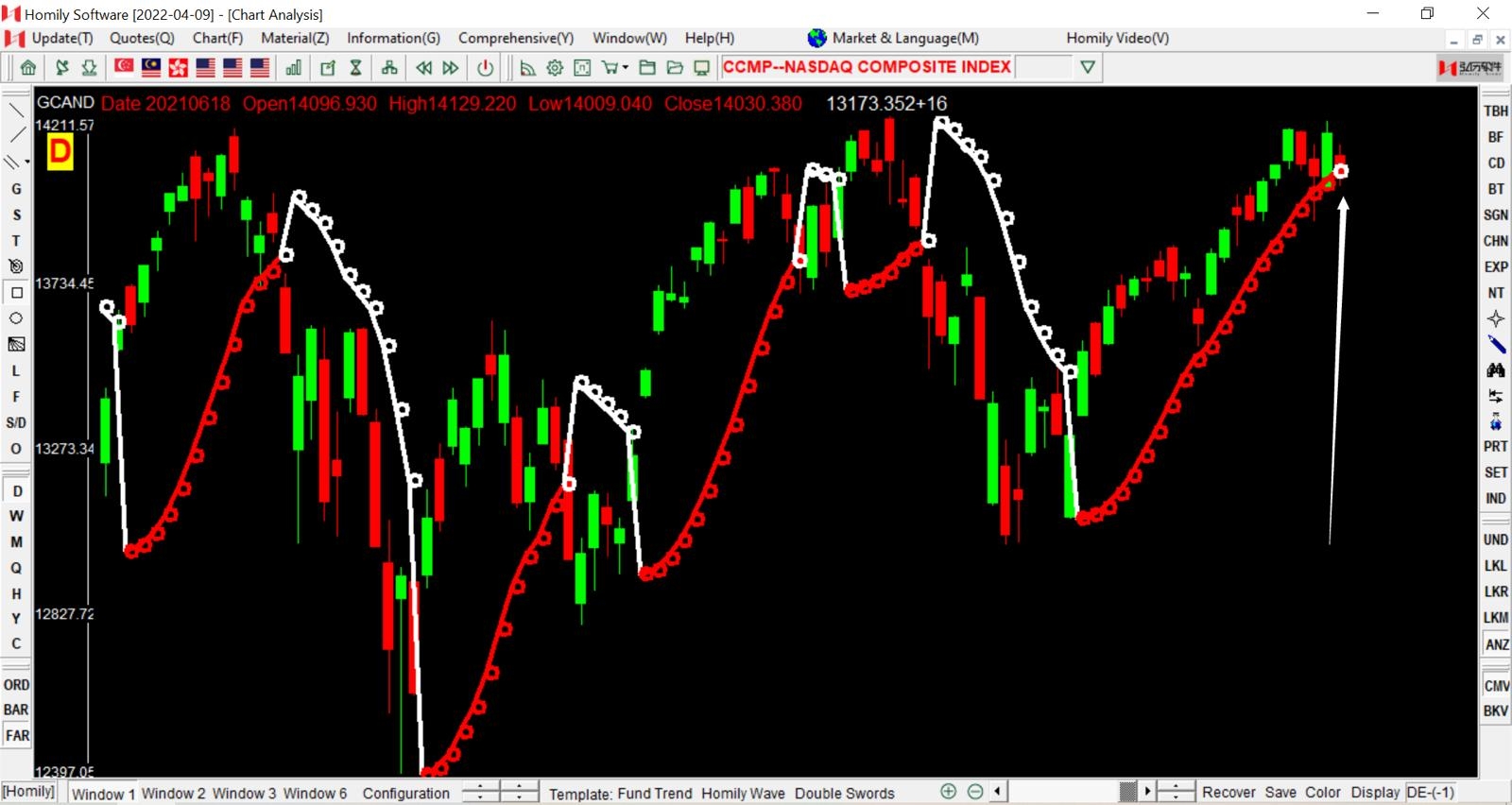
jummpy
No personal profile
101Follow
1Followers
0Topic
0Badge
IPO
US IPO This Week: Just 2 IPOs scheduled for the shortened holiday week
Latest
Tesla, Intel, Apple, Microsoft, Visa, and Other Stocks to Watch This Week
Like
The Meme Stock Trade Is Far From Over. What Investors Need to Know.
Planes
Boeing delivers 28 airplanes in July; 787s still halted
Comment n like
It’s Open Season on Closed-End Fund Activists. How Fund Holders Can Win—and Lose
Late st
Lion Electric Q2 Revenue Climbs On Rising Vehicle Delivery
Tesla
Tesla Stock Barely Budged Tuesday. Here’s What History Says Happens Next.
Good
Sorry, the original content has been removed
Interesting.
Sorry, the original content has been removed
Like
Sorry, the original content has been removed
Omg
Why XL Fleet Shares Are Trading Lower Today
Like pls
Sorry, the original content has been removed
Not all raised
U.S. stocks sweep to fresh highs after strong jobs report
Take money
US IPO Week Ahead: 2 banks test the waters amid annual summer slowdown
Telsla
Tesla Stock Barely Budged Tuesday. Here’s What History Says Happens Next.
Xpev
XPeng shares fell 3% in premarket trading.
Flat
Sorry, the original content has been removed
Latest
Sorry, the original content has been removed
Good
China has prohibited the merger of HuYa and DouYu
Yes
Sorry, the original content has been removed
Go to Tiger App to see more news